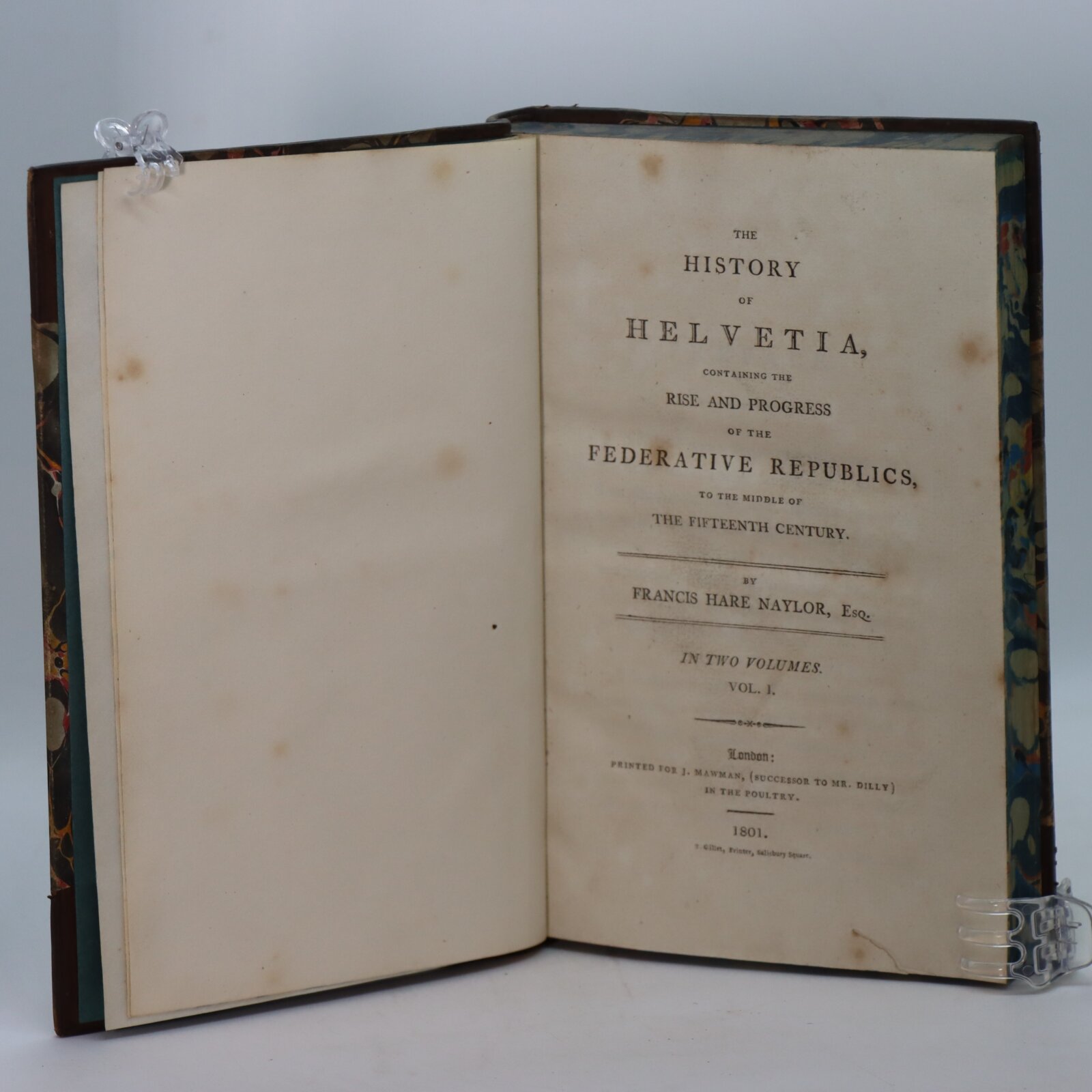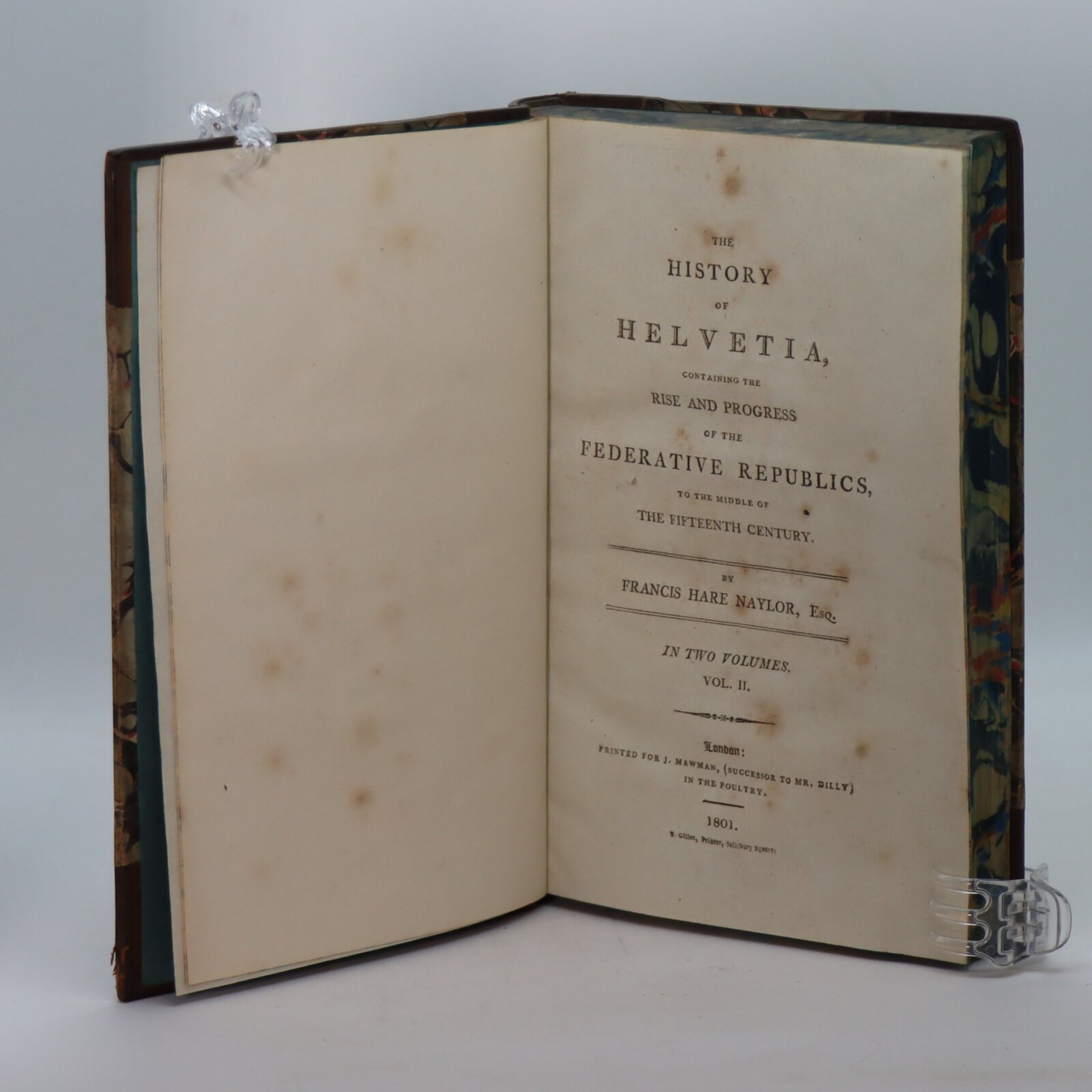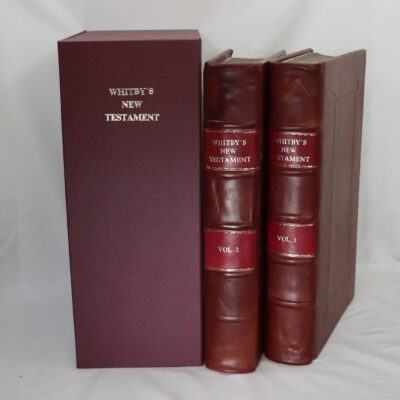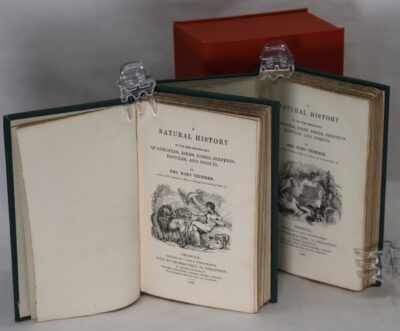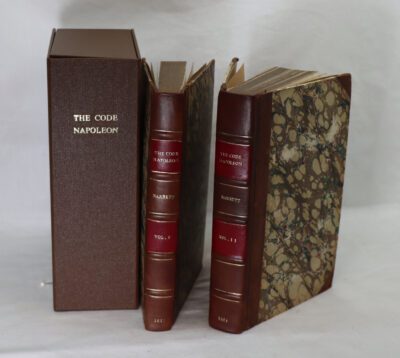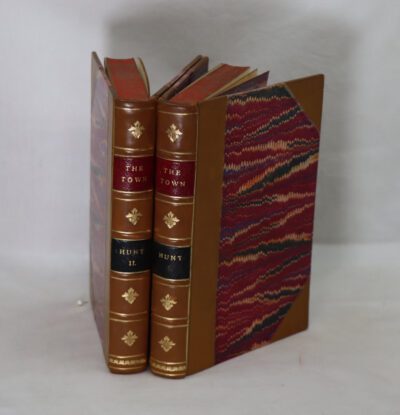History of Helvetia. Volumes I & II.
By Francis Hare Naylor
Printed: 1801
Publisher: J Mawan. London
Edition: First edition
| Dimensions | 14 × 22 × 3 cm |
|---|---|
| Language |
Language: English
Size (cminches): 14 x 22 x 3
Condition: Fine (See explanation of ratings)
Your items
Item information
Description
Brown calf spine and corners. Grey marbled board with all edges to match. Green and red title plates with gilt lettering and decorative banding on the spine. Dimensions are for one volume.
It is the intent of F.B.A. to provide an in-depth photographic presentation of this book offered so to almost stimulate your feel and touch on the book. If requested, more traditional book descriptions are immediately available.
The History of Helvetia is the History of Switzerland as perceived by Francis Hare-Naylor at the turn of the 18th century to 19th century.
The History of Helvetia containing the rise and progress of the Federative Republics, to the middle of the fifteenth century
Switzerland, officially the Swiss Confederation, is a landlocked country at the confluence of Western, Central and Southern Europe. It is a federal republic composed of 26 cantons, with federal authorities based in Bern. Switzerland is bordered by Italy to the south, France to the west, Germany to the north and Austria and Liechtenstein to the east. It is geographically divided among the Swiss Plateau, the Alps and the Jura, spanning a total area of 41,285 km2 (15,940 sq mi) and land area of 39,997 km2 (15,443 sq mi). Although the Alps occupy the greater part of the territory, the Swiss population of approximately 8.5 million is concentrated mostly on the plateau, where the largest cities and economic centres are, among them Zürich, Geneva, Basel and Lausanne. These cities are home to several offices of international organisations such as the WTO, the WHO, the ILO, the seat of the International Olympic Committee, the headquarters of FIFA, the UN’s second-largest office, as well as the main building of the Bank for International Settlements. The main international airports of Switzerland are also located in these cities.
The establishment of the Old Swiss Confederacy in the Late Middle Ages resulted from a series of military successes against Austria and Burgundy. Swiss independence from the Holy Roman Empire was formally recognised in the Peace of Westphalia in 1648. The Federal Charter of 1291 is considered the founding document of Switzerland which is celebrated on Swiss National Day. Since the Reformation of the 16th century, Switzerland has maintained a strong policy of armed neutrality; it has not fought an international war since 1815 and did not join the United Nations until 2002. Nevertheless, it pursues an active foreign policy and is frequently involved in peace-building processes around the world. Switzerland is the birthplace of the Red Cross, one of the world’s oldest and best known humanitarian organisations. It is a founding member of the European Free Trade Association, but notably not part of the European Union, the European Economic Area or the Eurozone. However, it participates in the Schengen Area and the European Single Market through bilateral treaties.
Switzerland occupies the crossroads of Germanic and Romance Europe, as reflected in its four main linguistic and cultural regions: German, French, Italian and Romansh. Although the majority of the population are German-speaking, Swiss national identity is rooted in a common historical background, shared values such as federalism and direct democracy, as well as Alpine symbolism. Due to its linguistic diversity, Switzerland is known by a variety of nativenames: Schweiz (German); Suisse (French); Svizzera (Italian); and Svizra (Romansh). On coins and stamps, the Latin name, Confoederatio Helvetica – frequently shortened to “Helvetia” – is used instead of the four national languages. A developed country, it has the highest nominal wealth per adult and the eighth-highest per capita gross domestic product; it has been considered a tax haven. It ranks highly on some international metrics, including economic competitiveness and human development. Its cities such as Zürich, Geneva and Basel rank among the highest in the world in terms of quality of life, albeit with some of the highest costs of living in the world. In 2020, IMD placed Switzerland first in attracting skilled workers. The WEF ranks it the fifth most competitive country globally.
Francis Hare-Naylor (1753–1815) was an English historian, novelist and playwright. He eloped with the painter Georgiana Hare-Naylor, and they had most of their children abroad. They returned to Herstmonceux when his father died. Georgiana died in Lausanne and Hare-Naylor sold Herstmonceux and never returned. Hare-Naylor wrote unperformed plays, The Mirror and The Age of Chivalry, which were rejected at Drury Lane. In 1801 he published his History of the Helvetic Republics (i.e., Switzerland, two volumes, second enlarged edition 4 volumes 1809). While at Weimar, Hare-Naylor published a novel, Theodore, or the Enthusiast, for which John Flaxman, whose sister Maria Flaxman was his children’s governess, made a series of illustrations. In 1816 Hare-Naylor’s best-known work, a Civil and Military History of Germany, from the landing of Gustavus to the Treaty of Westphalia,’ was published.
Herstmonceux is a village and civil parish in the Wealden District of East Sussex, England, which includes Herstmonceux Castle.
Herstmonceux Castle is a brick-built castle, dating from the 15th century, near Herstmonceux, East Sussex, England. It is one of the oldest significant brick buildings still standing in England. The castle was renowned for being one of the first buildings to use that material in England and was built using bricks taken from the local clay, by builders from Flanders. It dates from 1441. Construction began under the then-owner, Sir Roger Fiennes, and was continued after his death in 1449 by his son, Lord Dacre.
The parks and gardens of Herstmonceux Castle and Place are Grade II* listed on the Register of Historic Parks and Gardens. Other listed structures on the Herstmonceux estate include the Grade II listed walled garden to the north of the castle, and the Grade II* listed telescopes and workshops of the Herstmonceux Science Centre.
Want to know more about this item?
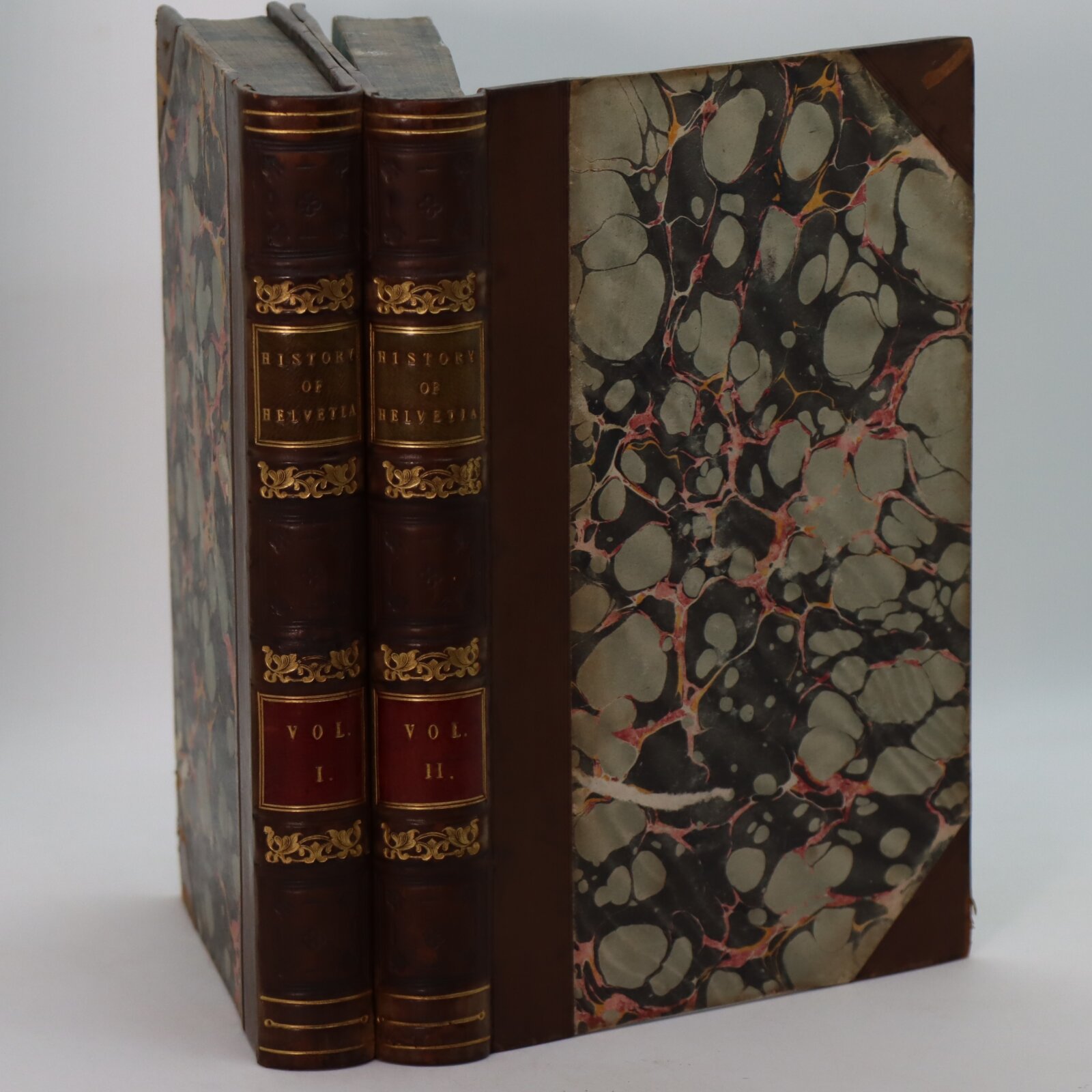
Related products
Share this Page with a friend

